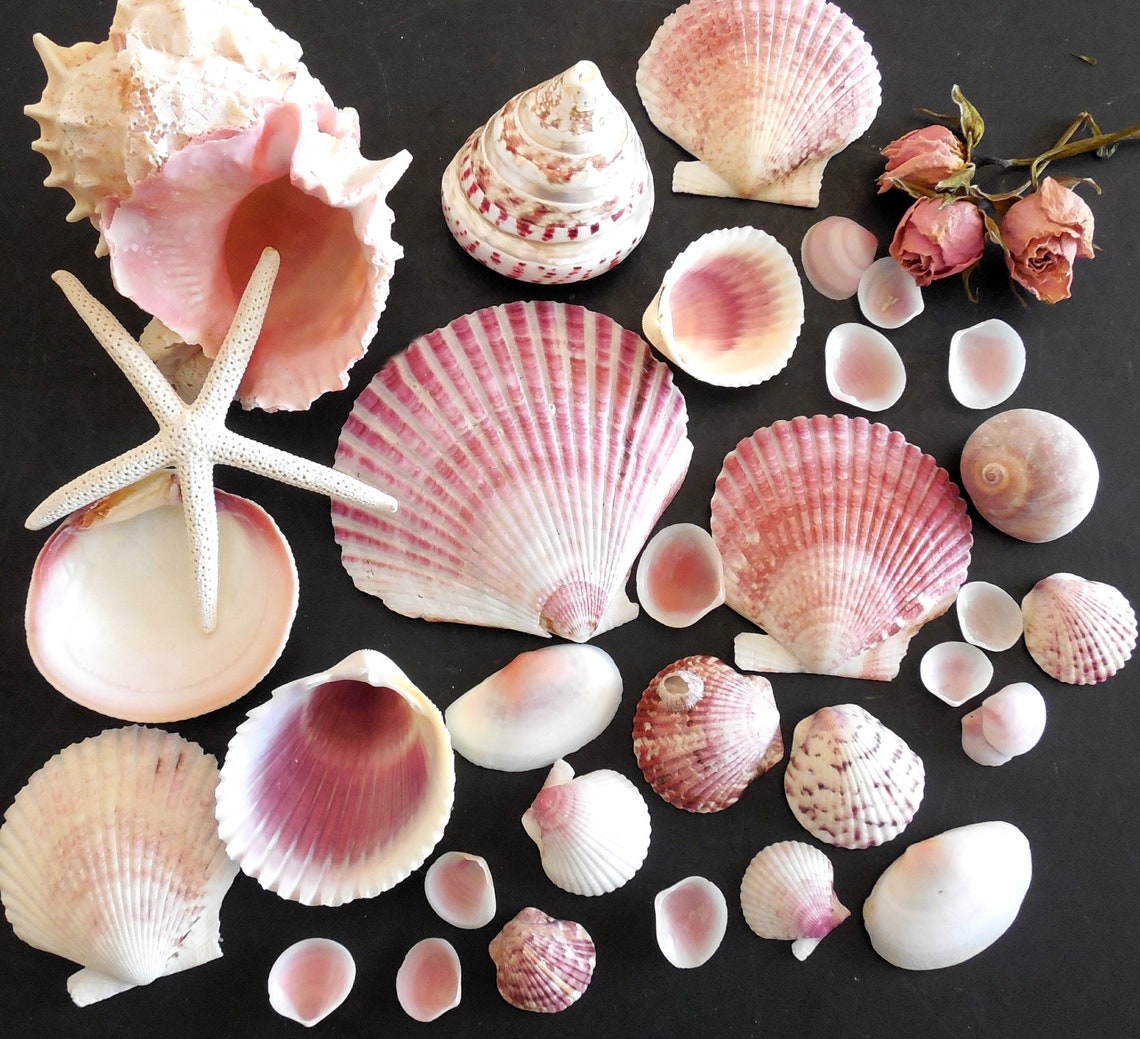

The unearthing of the Ichthyosaurus created a sensation, making Mary Anning somewhat famous. Anning sold this skeleton to Henry Hoste, a local collector for £23, and it would be subsequently sent to the London Museum of Natural History. Anning hired workers to excavate around the area in which the thirty-foot creature was embedded. 1 The young girl would revisit this cliff the next day to discover that she had finally found her treasure! The year was 1811, and the girl’s name was Mary Anning. While it has been debated whether Mary’s brother, Joseph, found the skull first or whether he helped Mary in her discovery in general, it is clear that she alone is primarily responsible for finding the well-preserved, remaining pieces to what would be named an Ichthyosaurus (“Fish Lizard”). Though fragments of the Ichthyosaurus had been previously discovered as early as 1699 in Wales, she was the first to find a complete skeleton.

Over time, such weather exposed large bones that protruded from a nearby cliff side. The winds began to howl while the rain began pouring down, the way that storms in this region normally did.


If someone were to see a young girl partaking in such a strenuous activity, a boy’s activity, what would they say? Having already found the skull of this unknown beast, she strongly believed from her experience fossil hunting on the land that she could unearth the remaining skeleton. As sea levels fell, these fossils could be found on the beach and above it in the rocky cliffs. The young girl continued to carefully examine the beach and cliff sides, confident in her skills, and even more so, motivated, knowing that the sale of her findings would help her family out of poverty. About 200 million years earlier, the region had been a sea bottom, where numerous dinosaur remains became fossilized after their death. This treasure she was seeking consisted of fossilized bones of an unknown creature, and although fossils were plentiful on this coast, they required significant skill to extract. Along the coast we find a young girl, skimming the sea shore and cliffs for a prehistoric treasure. Winner of the Spring 2018 StMU History Media Award for Article with the Best TitleĪ storm was brewing over the little town of Lyme Regis in Dorset, England, also commonly referred to as the Jurassic Coast. SC 3300 – Special Topics: Public Health.HS 1302 – United States History since 1877.HS 1301 – United States History to 1877.3 Post-Classical History (600 CE-1492 CE).6 Contemporary Latin America (2000-2030).1 Pre-Columbian Latin America (to 1492).4 Late Middle Ages-Renaissance-Reformation Europe (1300-1648).6 Great Depression and WWII (1929-1945).5 Emergence of Modern America (1877-1929).4 Civil War and Reconstruction (1850-1877).2 Revolution and Early Republic (1754-1801).1 Colonization and Settlement (1500-1763).This book introduces young childrenĭiscover ten kinds of seashells in this beautifully illustrated, rhyming and counting board book for kids! Perfect for a trip to the beach, the classroom, and a gift for a granddaughter or grandson.Īlso available as a picture book, which counts from one to twelve!įollow along with Sue and her friends and she picks up shells and carefully adds them to her bucket as a birthday gift for her Grandma! As Sue collects new shells, each one appears on along the side of the page, so kids can keep count.īut be careful-there may be a mollusk still living inside a shell! Sue and her friend release a mollusk back to the ocean when they find it still inside of its home. They are works of art, waiting to be admired and identified. About the Book Discover natural treasures at the beach! Seashells were the homes of sea creatures, now washed ashore.


 0 kommentar(er)
0 kommentar(er)
